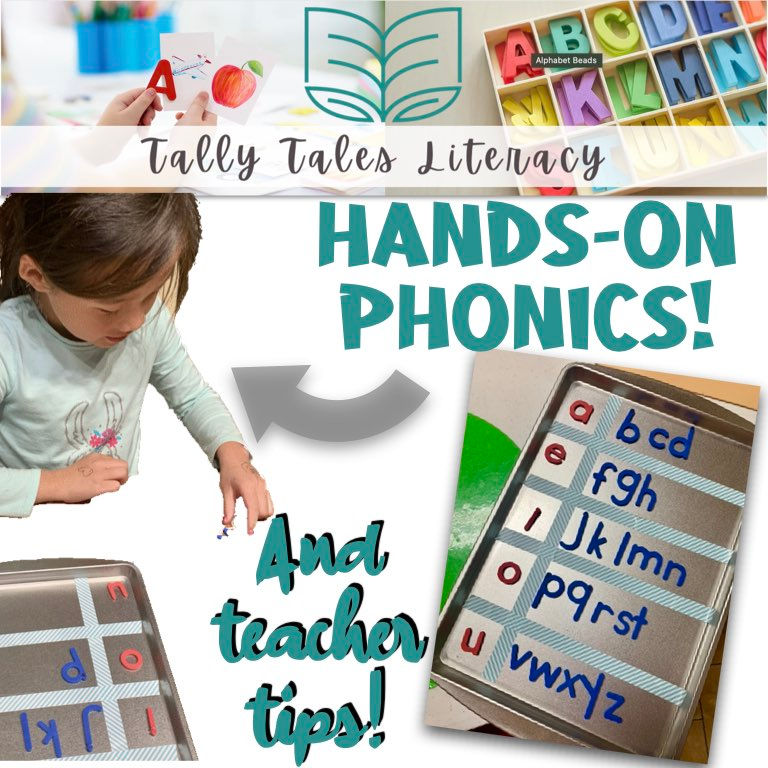Resources for Teaching the Sounds of C and G
- Leslie

- Apr 10, 2019
- 3 min read
Updated: Feb 14, 2023
As previously described, it is my goal to develop a variety of phonics-based resources to support classroom instruction with specific phonics skills. However, I often find it to be helpful to see a bit more detail/description of the products, rather than the snippets provided within the TPT listing. Blog posts about products are always helpful to me. If you are looking for resources to support your instruction with the sounds of C and G, then I hope you will gain something from descriptions of my best-selling product here.
With this product, I have focused on providing resources that support instruction and practice with the hard and soft sounds of the letters C and G.
The letter C makes two sounds -the /k/ sound and the /s/ sound. The sound of C is primarily determined by the letters following it, and vowels are particularly vital for altering the letter sound. When C is followed by a consonant (except h), it makes the /k/ sound.
Vowels, however, change things a bit. When followed by the vowels a, o, or u, the letter C still makes the /k/ sound. However, when followed by the vowels e, i, or y, it makes the /s/ sound. When C makes the /k/ sound, that is often referred to as the hard sound. The /s/ sound, however, is referred to as the soft sound for the letter C.
This can be such a complicated concept for many of our struggling young readers and spellers, and it helps to have a visual reference for support. I have created train track illustrations to help students visualize this sound transformation when c (or g) encounters each vowel. The "C Train" changes it's direction (and sound) whenever it encounters the letters e, i, or y, each of which are present on the signal light. My students really seem to benefit from the visualization of this concept, and we often refer back to these rule posters in our class.
As you can see, this product includes the explanatory rule poster, complete with examples. I have also included the "C Train" illustration in which the sound of C transitions from /k/ (its hard sound) to /s/ (its soft sound) any time it encounters the letters e, i, or y.
Also included is a sort activity, which students can use to practice distinguishing between the sounds of C within words.
The letter G is similar to the letter C. When followed by the vowels a, o, or u, G still makes the hard sound /g/. However, when followed by the vowels e, i, or y, it makes the soft sound /j/.
G is a bit trickier to deal with, because it doesn't follow the rule as often as C. In fact, you can really only trust G to follow the rules approximately 60% of the time. (Don't you just love the English language?!?) Some notable exceptions include get, girl, give, gift. I have included both examples and exceptions on the explanatory rule poster within this product. In addition, I have created the "G Train" poster, which demonstrates the transition from /g/ (its hard sound) to /j/ (its soft sound) any time it encounters the letters e, i, or y. Again, exceptions are included on the illustration to help students gain familiarity with those as well.
But don't just take my word for it; see what other teachers have to say about these materials...
"We refer to this poster almost every day!! Thank you-very simple graphic to help students remember the rule." — Diane M.
"I love using this visual to explain the c and g rule. it's helpful for students to visualize and look back at." — Megan D.
If interested, you can access this entire product here in the Tally Tales TPT store!








Great readd thanks